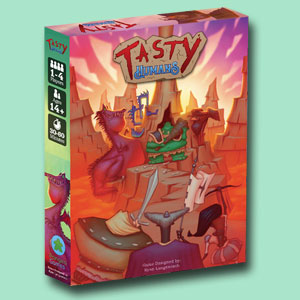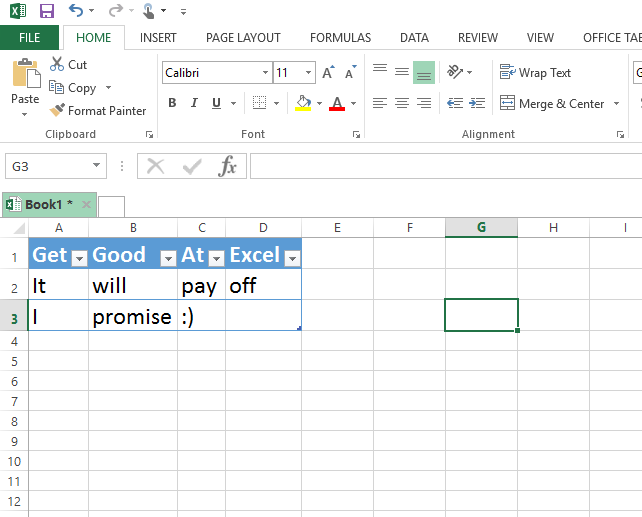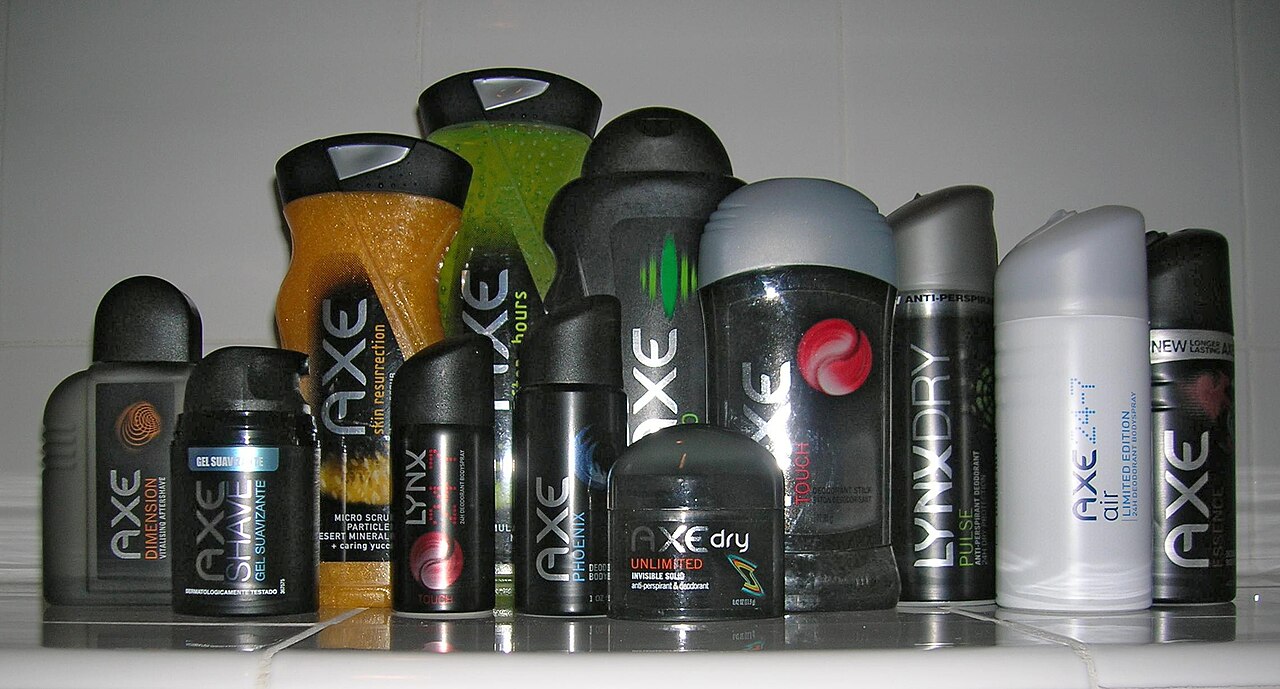Making a Game Plan
When I refer to “making a game plan”, I don’t mean a plan to create a board game. I mean a game plan for tackling big, hairy audacious goals. How do you go from a big dream like “I want to create a successful board game” to reality? What does it take to make dreams come true?
Looking for more resources to help you on your board game design journey?
Here you go: no email required!
Like this writing style?
Check out my latest blog on marketing here.
The answer involves a lot of hard work, iteration, and changes in direction. Yet even with this in mind, a little bit of planning goes a long way. If you have a dream, you’re already on the right track to making a game plan. To steal a line from Stephen Covey, you’ve already “[begun] with the end in mind.”
Open up an empty document on a writing program of your choice. Write your goal at the top. Underneath it, write some basic steps that you need to complete to reach your goal. Here’s an example.
- Create War Co.
- Design game
- Test game
- Buy art
- Raise money
- Print cards
- Sell cards
Already you’re off to a better start than before. Take each of those steps and break them down further. Here’s another example.
- Buy art
- Search online galleries such as DeviantArt for talented artists
- Make a list of artists to contact
- Keep spreadsheet to keep track of artist contact information and responses
- Contact artists
- Find out which artists do work for commission
- Compare work and prices
- Choose an artist
- Write a contract
- …
Continue breaking down vague steps until you have a list of specific tasks you can take action on. I like to color code my list to keep track of what I’ve done and haven’t done. Black means it’s not started. Red means barely started. Yellow means in progress. Green means significant progress. Blue means done. Here’s an example:
- Buy art
- Search online galleries such as DeviantArt for talented artists
- Make a list of artists to contact
- Keep spreadsheet to keep track of artist contact information and responses
- Contact artists
- Find out which artists do work for commission
- Compare work and prices
- Choose an artist
- Write a contract
- …
You can always add or take away from your game plan, too. It’s not set in stone. For example, notice the item below that I added in black text:
- Buy art
- Search online galleries such as DeviantArt for talented artists
- Search Instagram for talented artists
- Make a list of artists to contact
- Keep spreadsheet to keep track of artist contact information and responses
When it’s all mapped out, you could have a game plan that’s several pages long. That’s okay! You’ll also have to adapt and change things as you go along. But when you turn your big goals into a series of small ones, it’s a lot easier.
To quote the White Stripes’ song, Little Acorns, “take all your problems and rip ‘em apart / carry them off in a shopping cart. / And another thing you should’ve known from the start / the problems in hand are lighter than at heart.”







